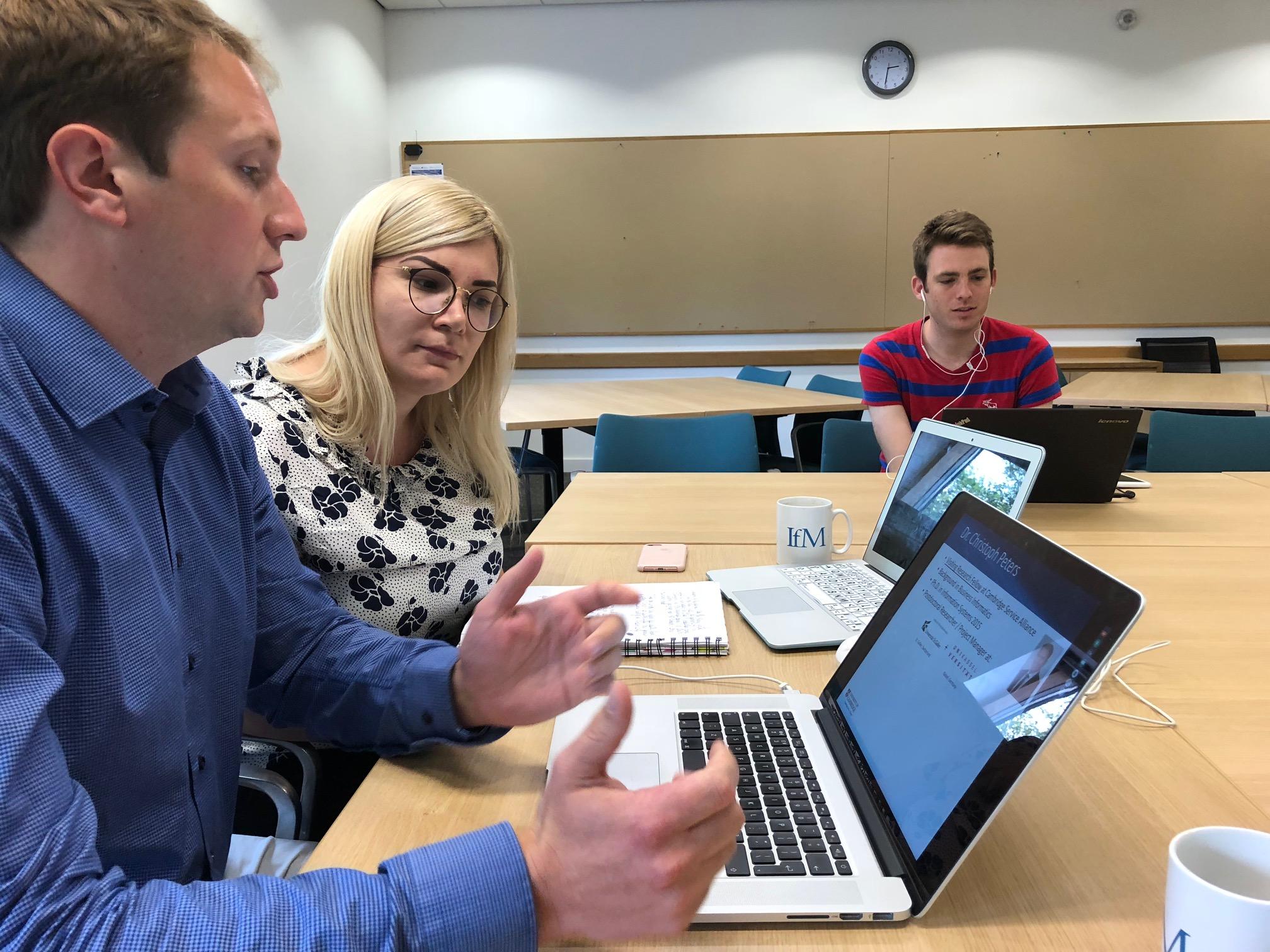
Submitted by Angela Walters on Mon, 09/07/2018 - 15:39
9 July 2018 - Modular Service Structures for the Successful Design of Flexible Customer Journeys for AI Services and Business Models - by Christoph Peters and Mohamed Zaki.
In this webinar, Christoph Peters discusses his work on Modular Service Structures for the Successful Design of Flexible Customer Journeys for AI Services and Business Models. In a world where artificial intelligence (AI) and other high-tech, digital services are on their way to disrupt the industries, the human side of things (still) matter. Person-orientation, user-centricity and customer orientation are key to every customer’s experience and corresponding customer journeys. As new technologies such as AI provide great opportunities, companies try to leverage these potentials. Still, the use and smooth integration of such AI services as part of new or existing services and corresponding customer journeys is neither understood nor straightforward. While we know that seamless customers’ journeys that span several channels are important, research on how firms can best manage and (re-) configure their customers’ journeys in a flexible manner is still unclear. At the same time complexity of customer journeys as well as the speed with which both technology such as AI applications and consumer behavior are changing is increasing. Companies react to this with trying to implement more agile organizational structures as well as more flexible service provision and customer journeys. But this needed flexibility can hardly be realized with current service provision structures. Instead, this paper suggests modular service structures that allow for a “plug & play” capability of service modules within customer journeys. By doing so, flexible service provision configurations and customer journeys can be realized, thereby also laying the basis for new business models. The paper contributes by introducing the concept of modular service structures as a basis for managing the customers’ journeys and by presenting five archetypical customer journey configurations.



